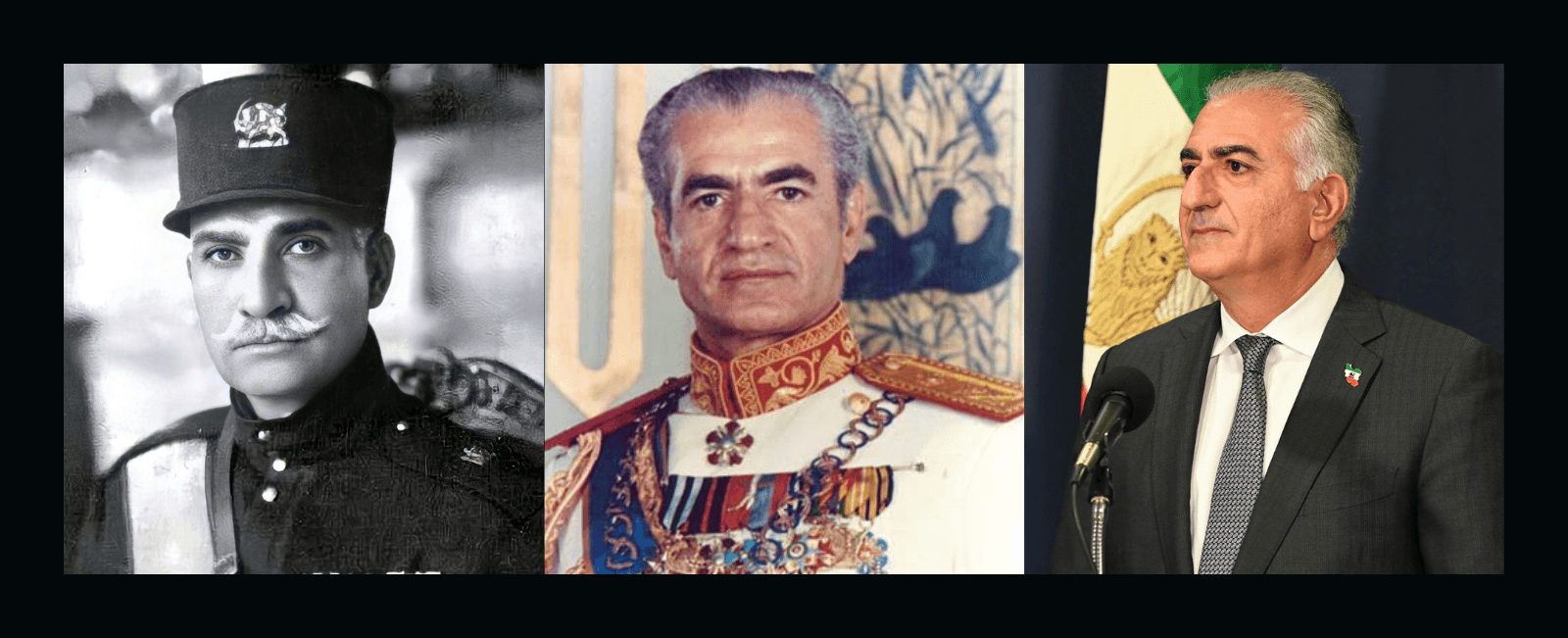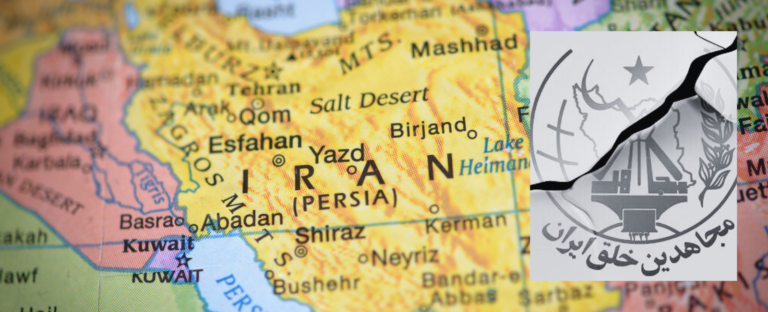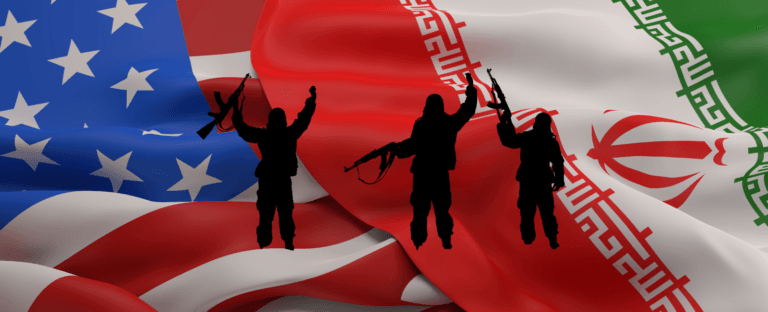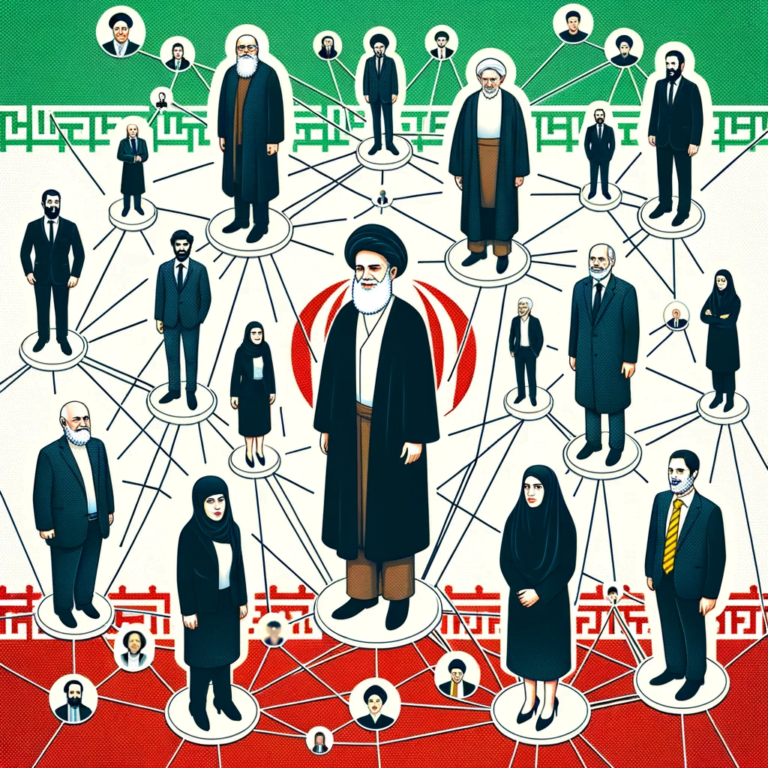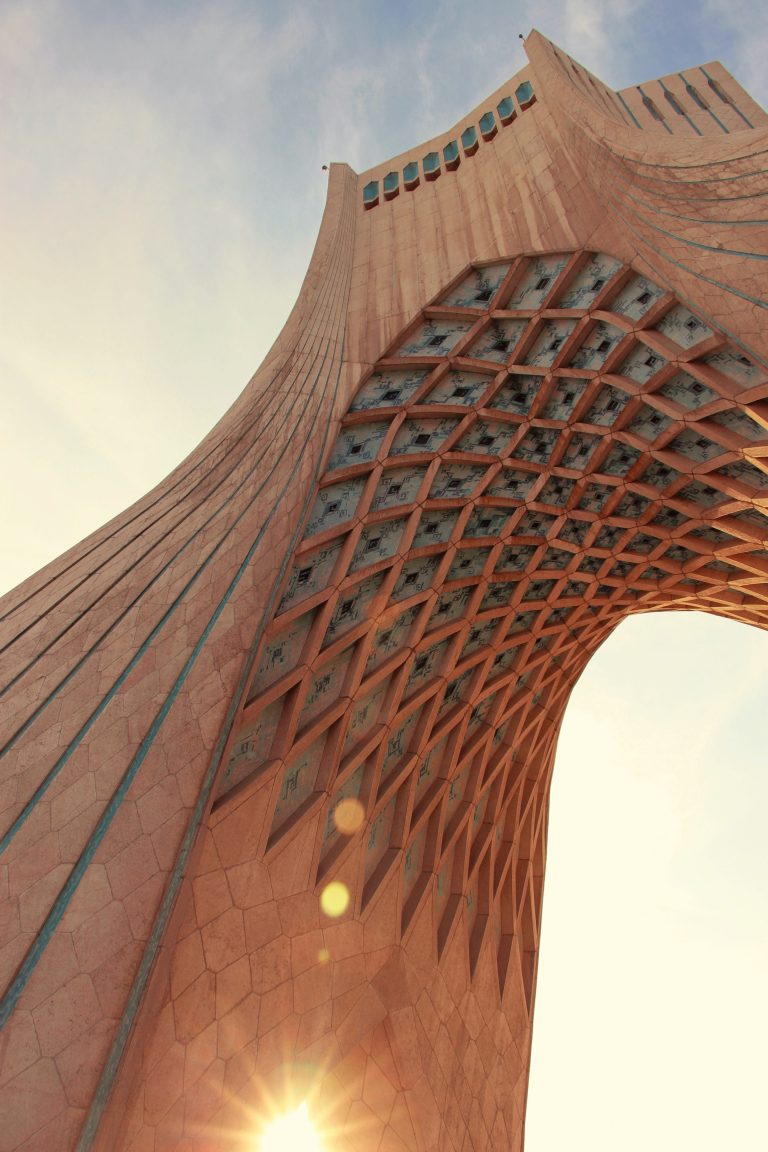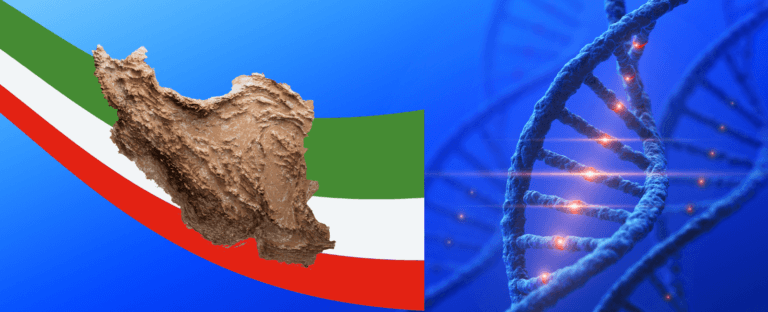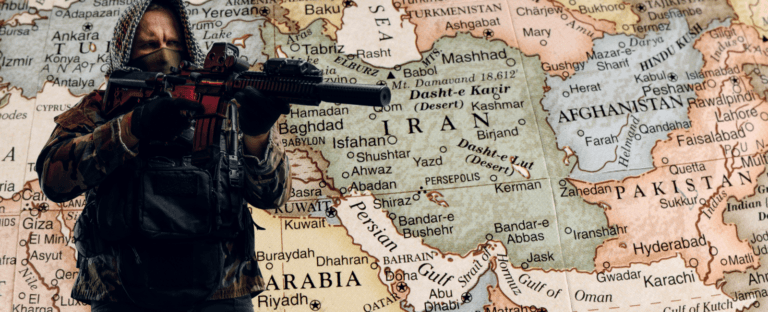Why Constitutional Monarchy Is the Best Path Forward for Iran
Constitutional monarchy offers Iran a politically stable and culturally resonant alternative to partisan republicanism. Grounded in both empirical research and philosophical tradition, it combines symbolic authority with institutional continuity, enabling national unity without authoritarianism. Monarchs function as neutral anchors above political conflict, often at lower public cost and with greater resilience than elected heads of state. In contrast to the elite capture common in many republics, hereditary monarchy can offer transparency and legitimacy without domination. For Iran, monarchy represents a pragmatic model—rooted in national memory and well-suited to the demands of a divided and fragile state.
In Iran’s search for a stable, legitimate, and culturally resonant political order, constitutional monarchy offers an empirically and philosophically robust model. It blends historical continuity with symbolic authority while avoiding the polarizing effects of partisan republics. Far from being an outdated relic, constitutional monarchy is a proven framework for achieving national unity, institutional stability, and legal accountability.
Scholars describe monarchies as “crisis insurance,” able to absorb constitutional shocks while maintaining state continuity. Their symbolic detachment from daily politics gives monarchs the credibility to mediate when partisan institutions fail. This was vividly demonstrated during Belgium’s 2007–2008 political crisis, when King Albert II played a crucial role as a neutral broker after the country went over 194 days without an elected government. His involvement helped prevent institutional collapse, showcasing the integrative function of monarchs in times of democratic paralysis.
As Barber argues, a constitutional monarch serves as a “shared exemplar,” embodying the political virtues the state aspires to: continuity, dignity, and restraint. Because monarchs do not derive their legitimacy from electoral victory, they avoid the resentment and division that often follow partisan competition. This allows them to function as a neutral symbol of the nation’s enduring identity, capable of stepping above daily politics in moments of institutional stress.
Constitutional monarchies are also associated with superior economic outcomes. In a study analyzing data from 137 countries, the author found that monarchies provide stronger property rights protections and a higher standard of living than republics. Monarchs, due to their non-partisan role and dynastic continuity, are less likely to engage in predatory economic behavior than elected presidents subject to short-term incentives.
Contrary to popular perception, monarchies are not more expensive. Studies show that ceremonial monarchies in Europe cost taxpayers significantly less per capita than presidential systems. For instance, Sweden’s monarchy is funded through a state grant of approximately 96 million SEK in 2025, which equals around €0.80 per citizen per year. By comparison, France’s Élysée Palace reported €125.5 million in official expenditures in 2023, amounting to about €1.87 per citizen, excluding campaign costs, pensions, and presidential security
For Iran, monarchy is not merely a historical form of government—it is a deeply rooted national institution. The kings of the most recent dynasty, Reza Shah Pahlavi and Mohammad Reza Shah Pahlavi, led a period of remarkable state-building and modernization: expanding women’s rights, establishing a nationwide system of public education, developing modern infrastructure, and laying the foundations of a comprehensive healthcare system. This legacy remains the most recent and widely remembered era of sovereign national development, untainted by ideological extremism or subordination to foreign proxy interests. At a time when Iran faces institutional fragmentation and political uncertainty, monarchy offers not just symbolic continuity but a proven framework for national unity, stability, and progress.
Philosophically, monarchy finds deep justification in thinkers like Hegel. As Mark Tunick explains, Hegel saw hereditary monarchy not as arbitrary, but as a rational symbol of sovereignty—embodying the unity of the state above particular interests. The monarch does not govern by personal will but serves as a living representation of legal continuity, enabling citizens to emotionally identify with the state as a whole. This symbolic function is especially vital in societies fractured by sectarianism and ideology, where no partisan figure can unify the population.
This symbolic role is not only grounded in classical philosophy but affirmed in contemporary constitutional theory. Barber emphasizes that modern monarchs act not as policymakers, but as visible expressions of the state’s unity and continuity. They stabilize the system precisely by being above it—anchoring identity without dominating political discourse. In deeply divided societies, this non-rivalrous legitimacy is essential to maintaining trust in the political order.
Even modern empirical political science supports this logic. Scholars show that monarchies have historically outperformed republics in terms of regime longevity, particularly in fragmented or heterogeneous societies. Their comparative historical analysis challenges the assumption that monarchy is an outdated or unstable regime type, instead highlighting its effectiveness in fostering durable governance in contexts of institutional fragility.
Critics of monarchy often cite its hereditary nature as incompatible with equality. Yet this criticism overlooks a recurring feature of many republics, where political power often becomes concentrated within dynastic families, elite networks, or entrenched party structures. Despite the formal openness of elections, public office is frequently passed across generations, reflecting patterns of inherited influence that operate without the transparency or constitutional limits associated with ceremonial monarchy.
In sum, constitutional monarchy offers Iran a synthesis of tradition and modernity. It is more than nostalgia for a bygone era—it is a pragmatic blueprint for a stable, inclusive, and future-oriented state. It is time to reclaim the crown not as an instrument of domination, but as a framework for unity, continuity, and democratic resilience.

